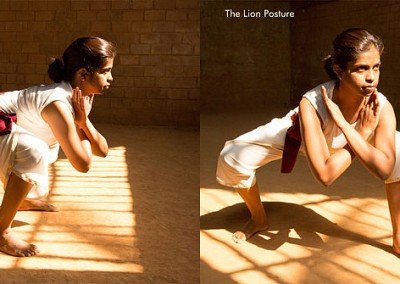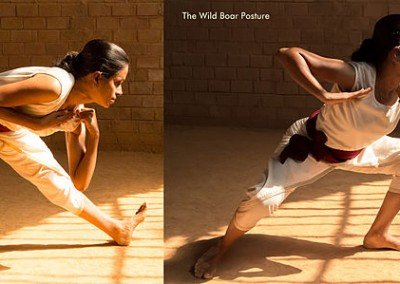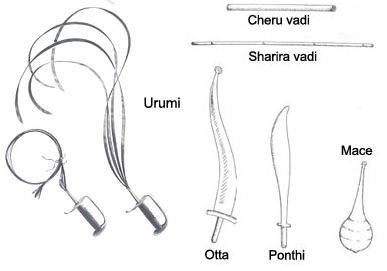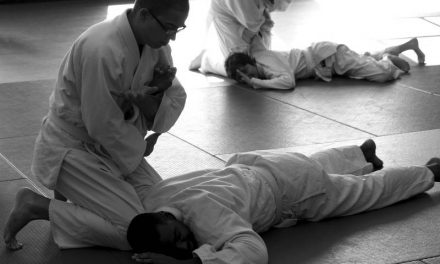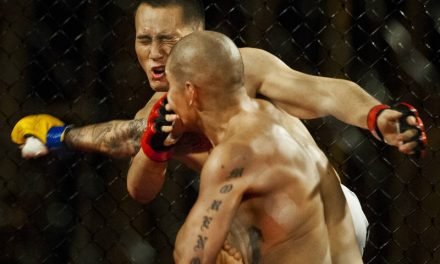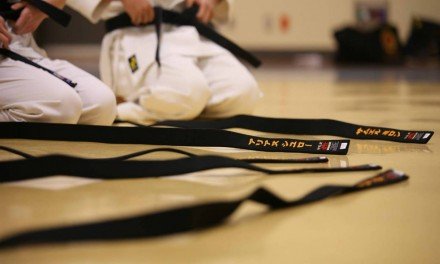History of Kalaripayattu
Kalaripayattu is considered to be the oldest Martial Art on the planet, tracing it’s origin some 2000-3000 years back to Sage Parshurama (considered as master of all Martial Art forms). This Martial Art form is indigenous to the Southern Indian state of Kerala. Buddhist monk Bodhidharma (a Kalaripayattu master) took this knowledge from India to China from where it spread to Korea and Japan. Kalari is considered as predecessor of modern Martial Art forms that we see today.
Kalaripayattu is derived from the words Kalari which means - threshing floor or battlefield; and payattu which means - exercise in arms or practice
Understanding Kalaripayattu
Kalaripayattu emanates from Kerala’s unique mytho-historical heritage as well as a scientific system of physical culture training. This martial art form combines indigenous Dravidian systems of martial practice such as ‘varma ati’ or ‘marma adi’ with an influence of Aryan brahman culture which migrated southwards down the west coast of India into Kerala.
Kalaripayattu draws inspiration from raw power and strong fluid movements of animal forms – Tiger, Elephant, Lion, Snake, Wild Boar and Crocodile. Various movements in Kalaripayattu are based on animal movements and poses, and are named after them. So it is believed to have developed in jungles where hunters observed animal fights. Elements from the Yoga sutras, as well as finger movements in the nata dances were incorporated in Kalaripayattu. It remains closely associated with Yoga and dance.
This martial art form is not just about kicking and punching or stabbing. It’s about learning to use the body in every possible way. So it not only involves exercise and other aspects of agility, it also involves understanding the energy system.
Kalaripayattu Styles
1.Northern Kalaripayattu
Northern style of Kalaripayattu emphasizes more on weapons as compared to empty hands. This style involves physical training and body oil massage to increase flexibility and to treat injuries. The system of treatment and massage are closely associated with Ayurveda.
2.Southern Kalaripayattu
Southern style of training involves stages in the following order : solo, partner training, short stick, long stick, knife, dagger, sword & shield, flexible sword, double sword, kalari grappling and pressure points.
Southern Kalaripayattu emphasizes on hitting techniques. Empty hand techniques and application of these techniques to vital spots are the main focus.
The medical treatment is associated with Siddha, the traditional Dravidian medicine system.
3.Central Kalaripayattu
This style involves diverse techniques and various different styles with heavy emphasis on lower body strength and speed. Only after this, the practitioner advances to weaponry and advanced studies.
Kalaripayattu Training
The Kalari training consists of 3 stages –
1.Meythari
It comprises set of body exercises to attain control, balance and stamina that helps to withstand arduous feats with weapons.
2.Kolthari
The second stage prepares oneself for various attacks and defends using sticks ranging from 1.5 feet to 6 feet. The prominent among these sticks is ‘Ottakol’, a specially designed curved wooden weapon used to attack and defend vital parts (marma) of the body with precision.
3.Ankathari
This stage is aimed at using metal weapons. It begins with dagger, then sword, spear, multiple weapons and finally to a lengthy flexible sword called ‘Urumi’.
After the third stage, “Marma chikitsa” begins, which is a part of Ayurvedic treatment. There are 107 marmas(vital points) in a human body and any damage to any of them can be fatal. These marmas are practiced extensively in Kalari sessions along with the study of human anatomy. As accidents can occur during the training, marma training is compulsory along with the Kalari training.
Kalaripayattu Arena, Techniques and Weapons
Kalari (threshing floor or battlefield) is constructed by digging a hollow ground forming a sunken area four feet in depth, forty-two feet in length and twenty-one feet in breadth. This is usually called KuzhiKalari. Kuzhi means “portions formed by caving in the earth” in Malayalam.The entrance to the Kalari is in the east, to let in the morning sunlight.
The techniques are a combination of steps (Chuvatu) and postures (Vadivu). They are named after animals and are eight in numbers. Each stance has its own style, power combination, function and effectiveness. These techniques vary from one style to another.
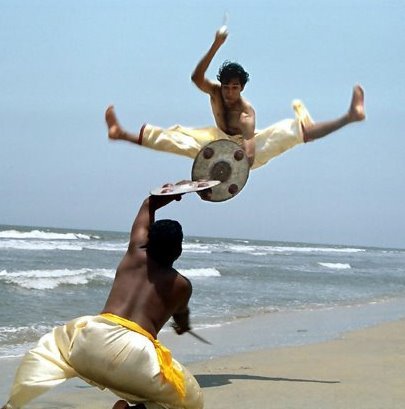

Following weapons are used in Kalaripayattu currently:
Val : Sword Paricha : Shield
Chotta chan : 1 span stick Kuruvadi : Short stick
Thundu : Long strip of cloth Kuntham : Spear
Vettukathi : Machete Gada : Mace
Churika : Double edged sword Kettukari : Staff
Urumi : Flexible sword Otta : Curved stick
Maduvu : Dear-horn dagger Kattari : Fist dagger
Benefits of Kalaripayattu
- Improves blood circulation and muscle functions
- Strengthen muscles and promote its flexibility
- Improves self confidence and mental agility
- Helps to augment body balance and physical fitness
- Improves the sportiveness
- Helps to achieve self reliance
Spiritual Significance
People don’t know much about their body except eating, sleeping and simple pleasures. There are unexplored dimensions of the body. Some masters can kill with a touch. But bringing something alive with a touch is of greatest significance. Real power lies in awakening the whole system with a touch. Kalari not only helps in spiritual advancement, but also opens up mystical dimensions into human life. To know life beyond limitations set by nature, special kind of dedication and commitment is required. A majority of human species goes without exploring their body. They just explore little pleasures and thats it. But the body is a cosmos in itself and can achieve tremendous feats. This is the way of yoga. Kalari is just a more active form of that.



